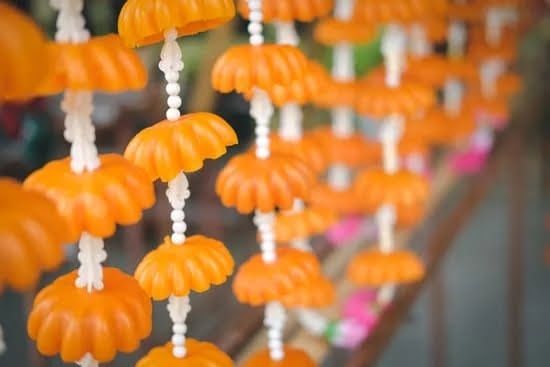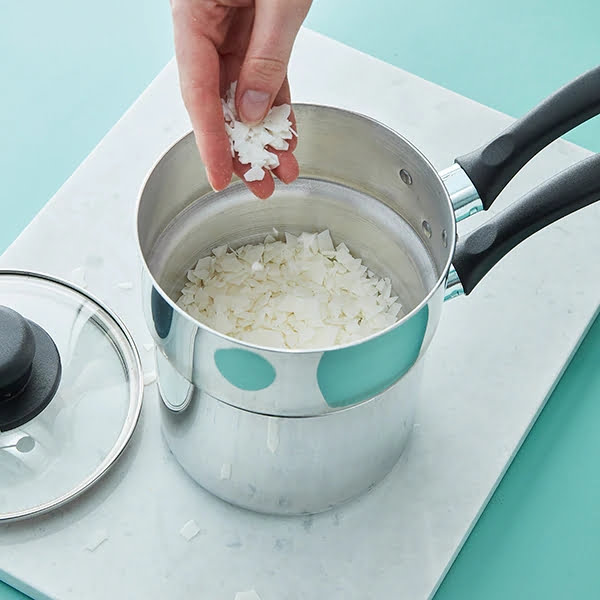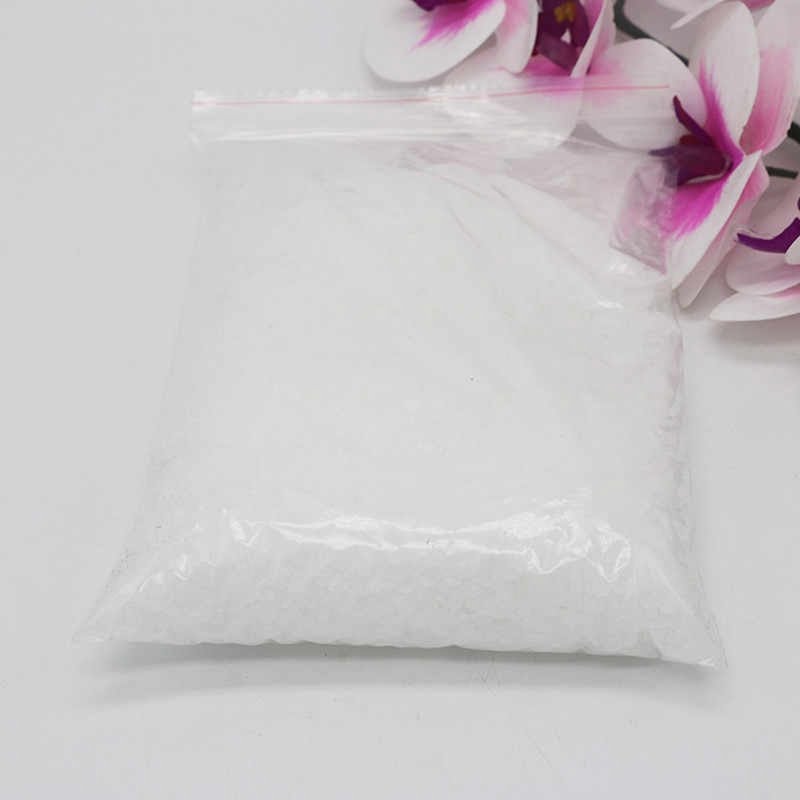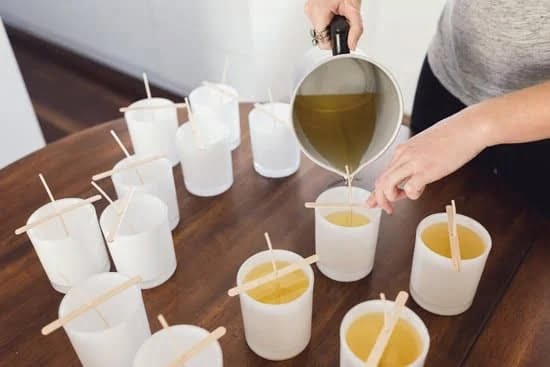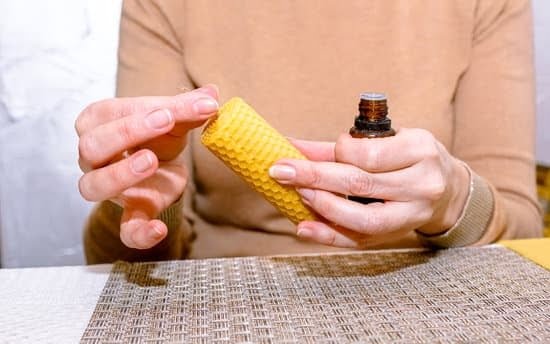Introduction
Making your own fragrance for candles is an excellent way to customize the look, feel, and smell of a candle. Candle fragrance can be made from essential oils, which are plant extracts that are sourced from Fruit, flowers, leaves, and roots. Essential oils provide the opportunity to create unique blends of fragrances that enhance the atmosphere of any environment. Additionally, the pleasant smell of candles helps reduce the stress associated with daily life.
When adding fragrance to a candle it is important to remember that more scents may not be better. It is often recommended that no more than three scents are combined in one candle as too many notes can cause an unpleasant smell. Furthermore, adding too much scent can make a candle burn hotter endangering any nearby objects or people.
It is beneficial to purchase high-quality wax for your candles as this will produce a longer lasting product and can even help enhance the aroma released from the burning wick. Soy wax works best for those making aromatherapy candles as this type of wax burns cooler due to its lower melting point which prevents heat damage on essential oil molecules releasing better aromas into the air during burning. To color a candle use paraffin wax dye or liquid dyes rather than powders or flakes which can leave grains in your finished product – ensuring all portions of he dye have completely melted before pouring into your container helps stop this issue from occurring.
Using natural materials such as chopped herbs, dried flowers and spices like cinnamon or nutmeg allows you to add unique decorative elements to you project while enhancing its aromatherapy qualities simultaneously It also important not ignore safety precautions when working with fragrance oils and wax -always wear gloves when touching melted material and please handle containers filled with hot liquid carefully paying close attention to keep our hands away from heated surfaces !
Types of Fragrances and Ingredients
When making fragrances for candles, the main ingredients will typically include essential oils and aromatic compounds. Common essential oils used in the production of candle fragrances are rose, peppermint, lavender, tea tree and chamomile. These natural oils are incredibly diverse in their scent profiles and can be blended with other oils to create unique combinations perfect for fragrancing candles.
In addition to natural essential oils, a variety of synthetic fragrances can also be added to the mix. Synthetic fragrance additives are often derived from petrochemicals and while they don’t offer the same health benefits as organic materials, they tend to be more affordable and often provide interesting scent profiles that are not available in natural sources.
Finally, some candle makers may also add waxes and paraffin soaps to the recipes which may help enhance or shape the scent during production. This is an optional step however, as these waxes are usually not considered when factoring into a candle’s scent profile.
Selecting the Right Fragrance and Noting
When making candles, the fragrance is one of the most important components. With a wide selection of fragrances available, it can be difficult to decide which scent is best suited for a candle. In order to make the correct choice, it’s important to understand how fragrances work together and the different notes that come with them.
Fragrance combinations are made up of perfume notes layered upon one another to create a desired, balanced scent. Notes range from top – which are usually bright, light scents like citrus and florals – to base – heavier aromas like sandalwood and musk. When building a fragrance combination for candle-making, it’s important to keep these layers in mind when selecting individual notes.
It is also important to determine how strong you want the fragrance oil in your candles. Fragrance oils should be 2-3% of your total wax weight. If you find that your fragrance oil isn’t overpowering enough in your candles, you may want to adjust this percentage amount and increase it slightly until you reach your desired outcome.
With careful consideration and knowledge of blending fragrances and selecting suitable notes, creating perfect scented candles will become much easier! In addition, experimenting with different mixes helps creative candle makers craft unique combinations that may appeal to their specific customers or situations. Each combination will have its own character as well as any added embellishments such as color dyes or glittery waxes for effect that may make each candle stand out even more!
The Fragrance-Making Process
Blending: Blending together the ingredients for a candle fragrance is an important first step in the process. Depending on your own individual preferences, you should select different essential oils and fragrant waxes to ensure that you get the desired aroma strength and scent concentration when heated and melted. With this said, be sure to research any potential adverse reactions or side effects before combining all the ingredients.
Pouring: Once you’ve blended your desired ingredients together, it’s time to pour the mixture into molds and let them cool to harden and form your candles. At this stage, take time to pay attention to detail as improper pouring techniques can create weak spots that crack during cooling. Also remember to take additional safety precautions when working with hot wax depending on its melting point.
Testing: Finally, it’s time for testing, when you can see if your fragrance passes the smell-test! To do this accurately, carefully light up your newly poured candles one at a time and get a sense of how strong the scent diffusion is in order to identify any necessary improvements. Once all adjustments have been made to achieve an identifiable aroma profile, you can be confident that your creation is complete!
Troubleshooting Tips
Insufficient Scent Throw: A primary concern when making fragrance for candles is the scent throw. This refers to how far a fragrance will spread and be detectable in your area. If you find that your scents are not strong enough, it may be because the wax used does not pair well with the fragrance oil or because the number of fragrance drops used was too few. To address these issues, try using a wax known for its high scent throw capabilities and increase your amount of fragrance oil added as needed. Additionally, use higher quality oils, as industrially produced scents are often weak and lack a strong concentration level.
Fragrance Fading: If you find that your fragrances seem to fade quickly or lose their strength after being lit for some time, it could mean one of two things: 1) Your wicks were too large and allowed too much wax to burn resulting in faster usage of the oils; or 2) You may not have let the hot wax cool down enough before adding the scent. Try using smaller wicks that won’t draw up too much wax at once and make sure that your surround environment is cool before adding more fragrance drops as needed.
Preservation and Packaging
Preservation: If you are making fragrances for candles, it is important to make sure that your fragrances are well-preserved in order to prevent the breakdown of the ingredients. Fragrance oils in particular should be stored in air tight containers such as metal tins or plastic containers with tight sealing lids at room temperature, away from bright light and excessive heat. Additionally, before storing a fragrance, make sure that all dust particles have been removed via a filter before pouring into your containers.
Packaging: When packaging up your fragrances for sale, it is important to ensure that they remain well-protected throughout transit and storage. An appealing and functional container can also help to improve customer experience. For instance, if you are selling fragrance oils, glass or plastic bottles are ideal for storing them securely during transit and storage as opposed to open tins. Whichever form of packaging materials you decide on for sale – make sure it meets safety regulations and can be sealed easily without leaking. Furthermore, clearly labelling your products with expiration dates is essential so that customers will know when their product has expired – especially when dealing with volatile products like fragrance oils.
Final Thoughts
Making your own candle fragrance can be a great option for any candlemaker because it allows for complete control over the scent. You can customize the scents to create something unique, or you can recreate scents from memory or even other candles. The best way to make your own candle fragrance is to select essential oils and fragrances that blend well together. A few key tips would be to start with small doses of each ingredient, layer like-scented oils, and test before mixing in bulk. It’s important to take notes on the ratios you used so that you can replicate them in the future. With these tips, you should have no problem making beautiful smelling candles!

Welcome to my candle making blog! In this blog, I will be sharing my tips and tricks for making candles. I will also be sharing some of my favorite recipes.

